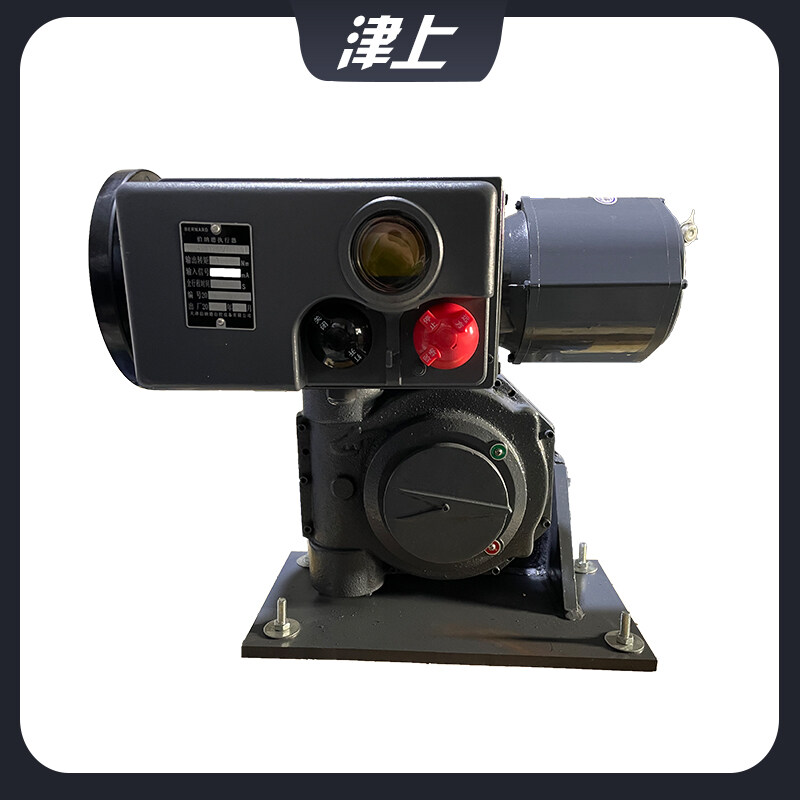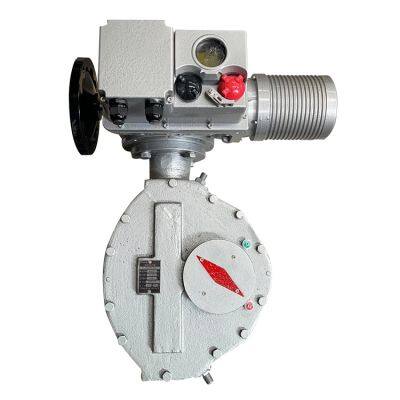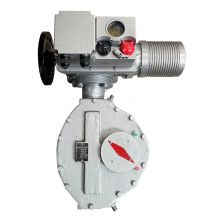Home > Company News > The difference between multi-turn and partial turn
Company News

An actuator is broadly defined as a drive device that provides linear or rotary motion, using a drive energy source and operating under a control signal. Actuators use liquids, gases, electricity, or other energy sources and convert them into drives by means of motors, cylinders, or other devices. Its basic type has three driving modes: part-turn, multi-tum and Linear.
Currently, there are two types of actuators, which are generally divided into part-turn Electric Valve actuators. And multi-turn Electric Valve actuators. The former mainly controls valves that require partial rotation, such as ball valves and butterfly valves, while the latter requires multi-turn valves, such as gate valves.
Multi-rotary electric actuator
Multi - rotary actuator driven by electric power is one of the common and reliable actuator types. Use single-phase or three-phase motor to drive the west wheel or worm drive stem nut, screw nut to make the stem movement to open or close the door. Multi-rotary electric actuator can drive large size valves quickly. In order to protect the valve from damage, installed at the end of the valve stroke limit switch will cut off the motor power supply, when the safety moment is over at the same time, the torque sensor will also cut off the motor power, position switch is used to indicate the status of valve, installed the clutch device can be manual operation during power failure the valve handwheel institutions.
The main advantage of this type of actuator is that all parts are housed in a housing, in which all basic and advanced functions are integrated. The main disadvantage is that the valve can only be held in place in the event of a power failure and a fail-safe position (fail-on or fail-off) can only be achieved using a backup power system
Partial rotary electric actuator
This actuator is similar to the electric multi-rotation actuator, the main difference is that the actuator output is 1/4 rotation 90 degrees of motion. The new generation of electric single-turn actuators combines the complex functions of most multi-turn actuators, such as parameter setting and diagnostic functions using a non-intrusive user friendly interface. Single turn actuators are compact and can be fitted to small valves, typically up to 800 kg m of output torque, and can be fitted with batteries for fail-safe operation because of the small power requirements.


